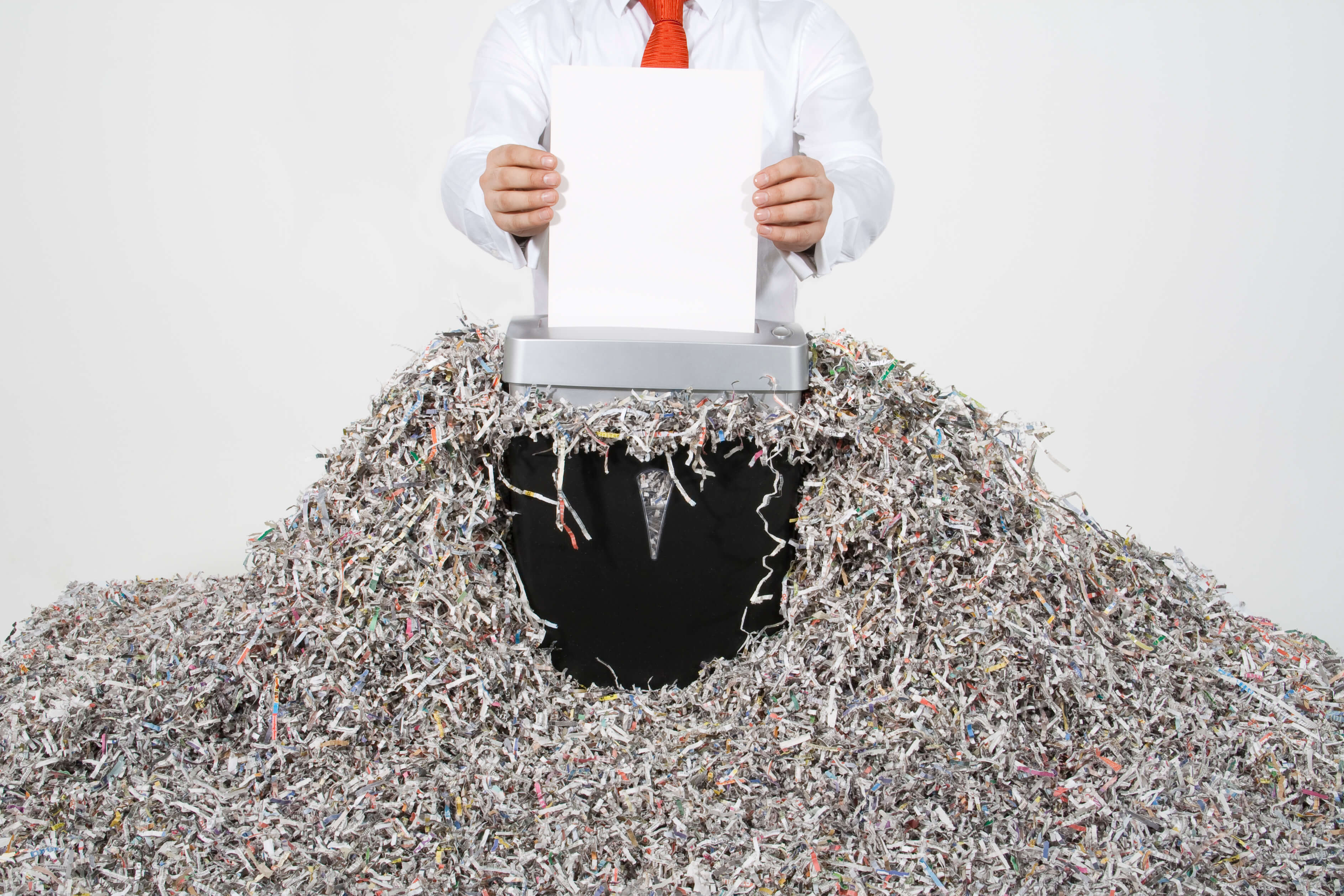
Best Practices For Document Shredding
The security of sensitive information on hard copy is paramount. Whether you’re a business handling customer data or an individual managing personal documents, proper document disposal is crucial to prevent identity theft, data breaches, and unauthorized access. Document shredding is a key component of data protection and privacy, and adopting best practices in this area can go a long way in ensuring your information remains secure.
1. Understand What To Shred
The first step in effective document shredding is to identify which documents should be shredded. Any document containing personal, financial, medical, or sensitive business information should be shredded. Examples include bank statements, credit card offers, tax records, medical records, legal documents, and anything with account numbers or Social Security numbers. It is recommended that the best course of action is the shred all documents being disposed of.
2. Create A Document Retention Policy
Develop a document retention policy that outlines how long different types of documents should be kept before shredding. This ensures you’re not holding onto unnecessary information for longer than required. Legal and regulatory requirements can influence these retention periods, so it’s essential to stay informed about relevant laws in your industry.
3. Choose The Right Shredding Service
Choosing the right shredding service is crucial for effective document disposal. Make sure their equipment is equipped with cross-cut or micro-cut shredders which are recommended as they create confetti-like pieces that are much harder to reconstruct than the long strips produced by traditional strip-cut shredders. Make sure they are also NAID (National Association of Information Destruction) Certified which means they exceed the highest industry standards.
4. Regular Shredding Routine
Establish a consistent shredding routine to prevent documents from piling up. Waiting too long to shred documents can increase the risk of information falling into the wrong hands.
5. Separate Shredding Bins
Maintain separate bins for documents that require shredding and those that can be recycled. This prevents any confusion and ensures that sensitive information doesn’t accidentally end up in the recycling bin. A professional shredding service will provide you with such containers.
6. Shred Digital Documents Too
Don’t forget about digital documents. Use secure methods to delete electronic files and consider using specialized software that securely shreds digital data beyond recovery. Old hard drives, USB drives, and other electronic storage devices should be physically destroyed to prevent data retrieval.
7. Hire Professional Shredding Services
For businesses dealing with large volumes of sensitive information, partnering with professional shredding services might be a wise choice. These services provide secure and efficient disposal, often including options for on-site shredding for added peace of mind.
8. Secure Storage Before Shredding
Until documents are ready for shredding, store them in a secure and locked container or room. Access to these storage areas should be limited to authorized personnel only.
9. Monitor Compliance
Regularly review and audit your document shredding practices to ensure compliance with your established policies. This helps identify any gaps in the process and ensures that employees are following the proper procedures.
10. Stay Informed
Stay up-to-date with the latest regulations and best practices for document disposal. Laws and industry standards can evolve, and staying informed ensures that your document shredding practices remain effective and legally compliant.
In a world where data breaches and identity theft are all too common, taking proactive steps to safeguard your sensitive information through proper document shredding is essential. By adopting these best practices, you can significantly reduce the risk of unauthorized access and maintain the privacy and security of both personal and business-related data.

